
How do you choose a construction vacuum?
Choose a construction vacuum
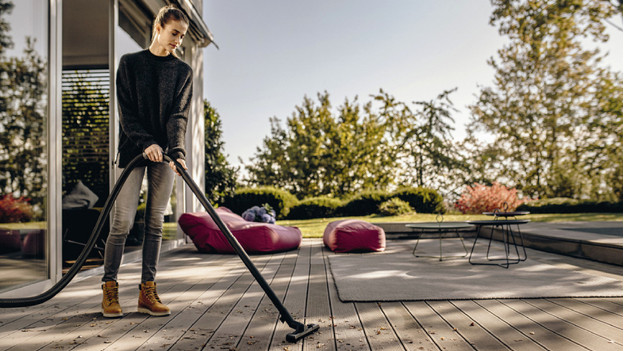
Which construction vacuum cleaner suits you best depends on your use. Ask yourself the following:
- What material are you going to vacuum?
- Do you need a vacuum cleaner bag?
- Which dust class do you need?
- Do you want it to work on a battery or the power grid?
- Do you need a built-in socket?
- What accessories do you need?
What material are you going to vacuum?
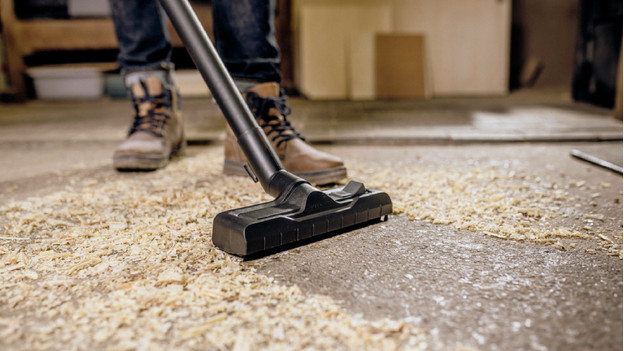
When choosing a construction vacuum, it's important to think about which material you want to vacuum. Do you want to vacuum your car or clean up wet leaves in the garden? An all-purpose or wet vacuum is suitable. This vacuums both wet and dry dirt that's too coarse for a regular vacuum. Want to clean up coarse dirt or construction dust in your workshop? It's best to choose a construction vacuum for professionals.
Do you need a vacuum cleaner bag?

Construction vacuums either have a vacuum cleaner bag or reservoir. A vacuum cleaner bag collects dry dirt. When it's full, you have to replace it. It's important to do this, or your construction vacuum will have less suction power after a while. With a reservoir, you can vacuum both dry and wet dirt. You do have to empty and clean the reservoir afterwards. If the construction vacuum works both with and without a vacuum cleaner bag, you can choose what suits your job best. With a 30L reservoir, you can vacuum for longer.
Which dust class do you need?
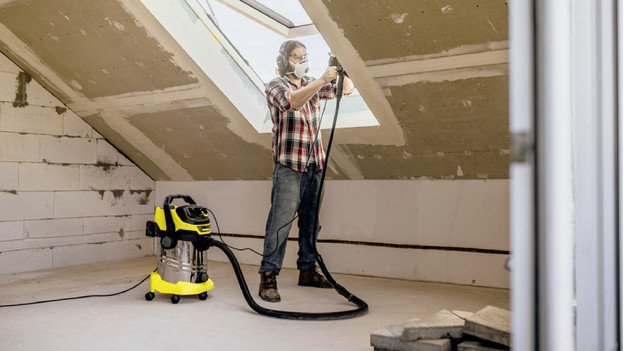
There are 3 dust classes for construction vacuums:
- Dust class L allows up to 5% of dust to pass through and is suitable for non-harmful substances, such as house dust.
- Dust class M allows 0.5% to pass through, allowing you to safely vacuum construction and quartz dust.
- Dust class H allows 0.005 % to pass through, so you can easily vacuum harmful substances.
- You can use a construction vacuum without a dust class for small (construction) waste at home.
Some construction vacuums are TNO certified. This means that the construction vacuum meets requirements that protect your health. This is important for professionals.
Do you want it to work on a battery or the power grid?
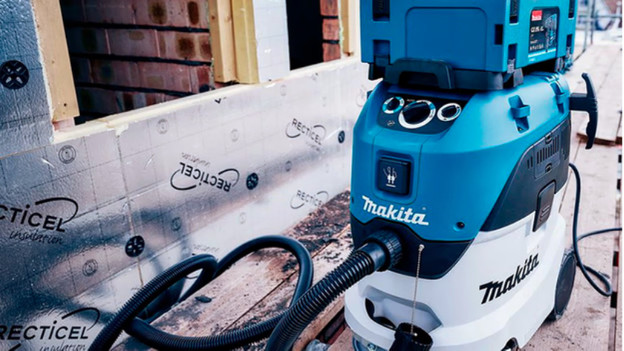
Whether you want the vacuum to work on the power grid or a battery depends on your use. Do you have a socket nearby? A construction vacuum that runs on the power grid is fine. Make sure to check the cord length carefully, so you can be sure you'll reach everything. You could also use an extension cord. Do you want to work in places without electricity? Choose a cordless construction vacuum. The battery does run out eventually. That's why it's useful to have an extra battery. This way, you can continue working without interruptions.
Do you need a built-in socket?

If you want to use tools with your construction vacuum, a built-in socket is useful. It allows you to plug in your drill, circular saw, or other power tools to the construction vacuum. As soon as you turn on the tool, the vacuum starts working. As a result, you can catch all the dust that's released right away. This means that you can spend less time cleaning afterwards.
Which accessories do you need?
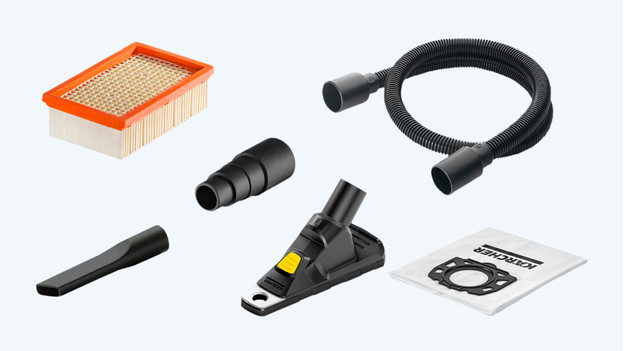
The most important accessories for construction vacuums are vacuum cleaner bags, vacuum filters, and vacuum brushes.
- You have to replace a vacuum cleaner bag when it's full. If you receive vacuum cleaner bags with your construction vacuum, you'll have a supply at home.
- Is your construction vacuum losing suction power? The vacuum filter may need to be replaced. There are filters for dry dirt, wet dirt, or both.
- You can perform various jobs with the right vacuum brushes, such as attachments for your parquet or car. Does your construction vacuum include attachments? Get started straight away.



